Grey-and-buff Woodpecker
The genus Hemicircus has only 2 species including this wonderful Grey-and-buff Woodpecker H. concretus. The male displays its scarlet triangular crest with great pomp with the female no less respondent in all grey. While at Tabin Wildlife Reserve many years ago I observed a pair of them excavating a series of holes on a dead branch. At that time I had never heard of group roosting of these woodpeckers so I thought it was rather smart of this little birds to make some false cavities to fool would be predators. And of course I admired their great industry.
 June 8, 2014
|
Posted by CK Leong
June 8, 2014
|
Posted by CK Leong
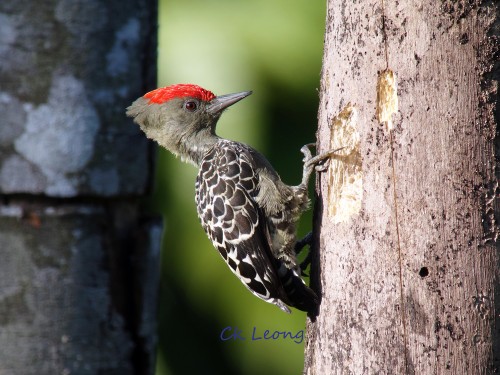
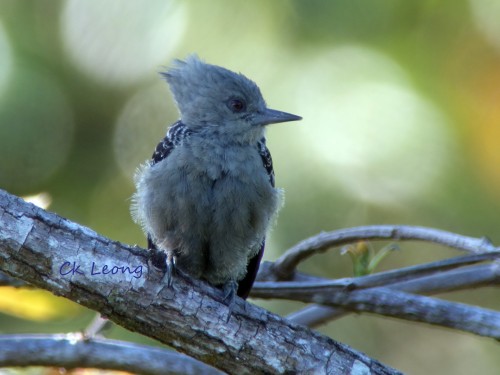
 Categories:
Categories: 
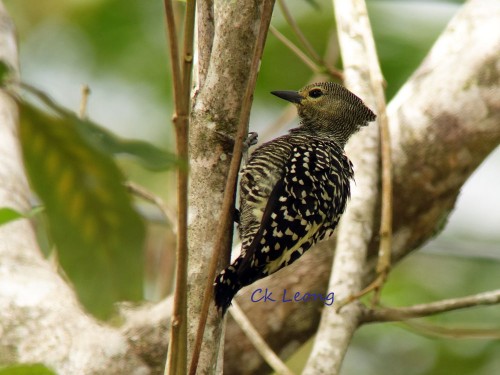
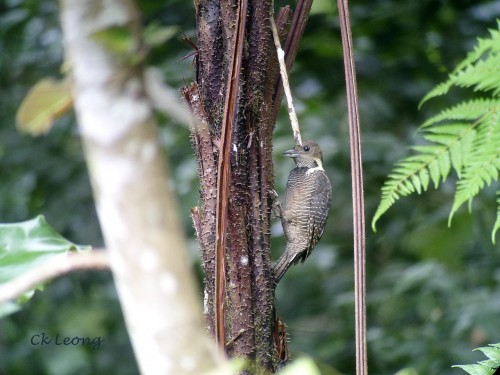
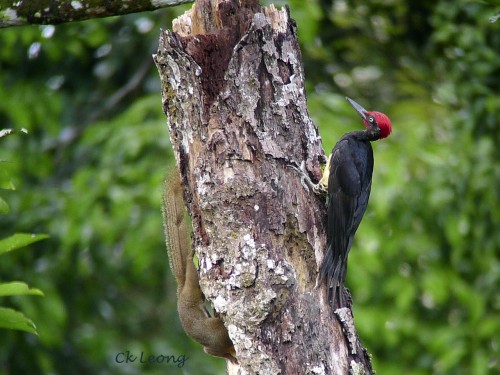
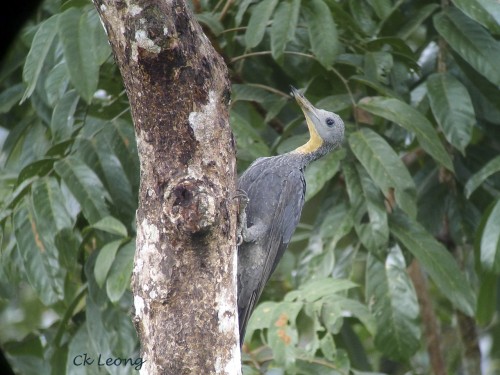
Recent Comments